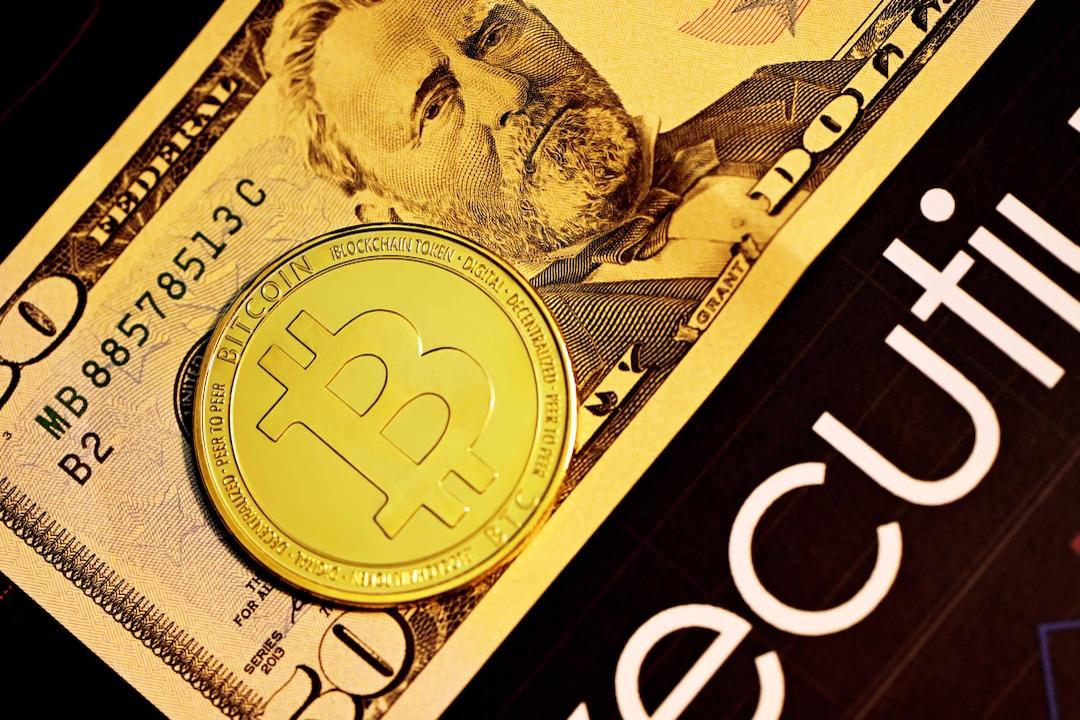Blockchain Payment Startup Strike CEO Jack Mallers Interviews on 5/14
Jack Mallers, CEO of blockchain payment startup Strike, stated in an interview this morning that Strike has launched a Bitcoin (BTC) backed lending service. Additionally, his Bitcoin enterprise “Twenty One” is preparing to merge with a SPAC and holds a treasury of over 42,000 Bitcoins. Mallers also shared product details, delving deeper into the U.S. financial system, global capital structure changes, and the key role of Bitcoin. He pointed out, “The growth of blockchain technology combined with monetary easing policies presents an opportunity for Bitcoin to break new highs.”
Strike Lending Goes Live: Borrowing Bitcoin Without Selling or Being Taxed
Mallers stated that the BTC collateralized lending feature introduced by Strike allows users to convert their BTC into cash without selling it, and without incurring taxes.
Collateral rates start at 50%
Two types of products are offered: one with monthly interest payments (12% APR) and another with a lump-sum payment at maturity (13% APR).
No rehypothecation: Bitcoins will not be secretly repurposed.
Mallers emphasized that this is a method for Bitcoin users to “unlock asset value,” rather than a means to swipe cards or prepay future expenses.
He also mentioned future efforts to lower interest rates to single digits and to launch a transparent version of Proof-of-Reserves (POR).
Establishing Twenty One: A Startup Listing with Bitcoin at Its Core
Mallers shared the vision of Twenty One:
- Promote two KPIs: Bitcoin per Share and Bitcoin Return Rate.
- Develop financial services centered around Bitcoin and create native cash flow in BTC.
- Shareholders include Tether and Japan’s SoftBank, with substantial financial, Web3 background, and market experience.
The world is currently deconstructing the post-war monetary order, while the U.S. structurally lacks sources of funding.
Macro Economics Insights from Mallers
Mallers also analyzed the macroeconomic landscape, with key points as follows:
- The post-war U.S. model is no longer sustainable: The U.S. has purchased global real resources through money printing at the cost of hollowing out domestic manufacturing and widening the wealth gap.
- BTC will become the future reserve asset: He believes the dollar may still be the pricing unit, but “the true global capital reserve” will gradually shift to assets like BTC that possess scarcity and decentralization.
- The U.S. is losing overseas buyers and can only rely on domestic banks and hedge funds to support the bond market: U.S. debt has exceeded $36 trillion, and traditional buyers like China and Russia are no longer purchasing, forcing the U.S. to rely on high-leverage operations and institutional adjustments to maintain bond market stability.
The Future of Bitcoin: Technology + Monetary Easing = Price Breakthrough
Mallers summarized the logic of BTC’s market trajectory, stating:
The current financial structure has reached a deleveraging critical point. Once the U.S. resumes large-scale money printing, combined with technological growth, it will trigger the next wave of BTC’s explosion.
He believes BTC’s performance will continue to outpace real estate and gold, becoming a true “global value asset.”
Mallers emphasized, “Bitcoin is for everyone in the world.”
In response to some community insiders criticizing institutional involvement for undermining decentralization, Mallers countered:
“You can’t say Bitcoin is free and then want to drive certain people away. This contradicts the spirit of Bitcoin.”
He hopes everyone understands that Bitcoin’s greatest characteristic is its openness and neutrality, allowing participation from individuals, small companies, as well as asset giants like BlackRock, which is its most revolutionary point.
(Tether-led Twenty One has purchased 4,812 Bitcoins, with CEP briefly spiking to $59 before retreating)
Risk Warning
Investing in cryptocurrencies carries a high level of risk, with prices potentially experiencing significant volatility; you may lose your entire principal. Please assess the risks carefully.

